Ad hoc Social Media Management causes:
- Wasted resources on ineffective social media channels.
- Missed opportunities to capture customer insights.
- Inconsistent communication to prospects and customers.
- Insufficient employee guidance for acceptable social media usage.
- Duplication of effort across business units.
- Poorly defined roles and responsibilities.
Workshop: Social Media
Workshops offer an easy way to accelerate your project. If you are unable to do the project yourself, and a Guided Implementation isn't enough, we offer low-cost delivery of our project workshops. We take you through every phase of your project and ensure that you have a roadmap in place to complete your project successfully.
Do-It-Yourself Implementation
The slides in this Best Practice Blueprint will walk you step-by-step through every phase of your project with supporting tools and templates ready for you to use.
Project Accelerator Workshop
You can also use this Best Practice Blueprint to facilitate your own project accelerator workshop within your organization using the workshop slides and facilitation instructions provided in the Appendix.
Module 1: Setting Your Objectives for Social Media
The Purpose
- Understand the major trends and benefits of developing a social media business plan.
- Determine success of current social media efforts.
- Establish department-level social media business objectives.
Key Benefits Achieved
- Identify areas for improvement within social media efforts.
- A comprehensive, prioritized list of business objectives.
Activities
Outputs
Harness the social media value proposition.
- Current status assessment results
Assess current social media efforts.
- List of capability gaps
Set social media objectives.
- Business objective list
Included Resources
Module 2: Leveraging Social Media for Marketing and Sales
The Purpose
- Assess the social media maturity of sales and marketing.
- Select social media channels for the sales and marketing groups.
- Integrate social media into existing business processes.
Key Benefits Achieved
- Identify areas for improvement within social media efforts specific to marketing and sales.
- A recommended list of social media services for sales and marketing based on customer demographics and organization goals.
- A refined workflow map incorporating social media into marketing and sales business processes.
Activities
Outputs
Build a social channel market coverage model.
- Marketing and sales social media maturity assessment
Select social media channels for the sales and marketing groups.
- Marketing and sales social media services recommendations
Use social media to sell to prospects and customers.
- Sample marketing messages
Select social services to integrate with sales.
- Sample sales messages
Embed social media into the sales process.
- Social media workflow map
Capture market insights through social channels.
Included Resources
Module 3: Enable Customer Service Using Social Media
The Purpose
- Assess the social media maturity of customer service.
- Select social media channels for the customer service group.
- Integrate social media into existing customer service processes.
Key Benefits Achieved
- Identify areas for improvement within social media efforts specific to customer service.
- A recommended list of social media services for customer service based on customer demographics and organization goals.
- A refined workflow map incorporating social media into customer service business processes.
Activities
Outputs
Execute customer service in a social world.
- Customer service social media maturity assessment
Incorporate social media into customer initiated service.
- Customer service social media services recommendations
Scan the social cloud for proactive service opportunities.
- Common issue response problem
Help your customers help each other.
- Watchword list
- Social media workflow map
- Rewards and recognition strategy
Included Resources
Module 4: Technology Enablement for Your Social Media Strategy
The Purpose
- Understand the benefits of deploying a social media management platform.
- Assess your social analytics maturity.
- Review social media management platform vendors.
- Develop a social analytics plan to track and monitor success of social media.
Key Benefits Achieved
- An evaluation of current social media analytics maturity.
- A customized social media management platform vendor shortlist.
- A robust list of social media KPI specific to marketing, sales, customer service, human resources, and public relations.
Activities
Outputs
Making the case for a social media management platform.
- Social media management platform vendor shortlist
Select a social media management platform vendor.
- Social media management platform RFP
Develop a social analytics plan.
- Social analytics maturity assessment
- KPI list
- Social analytics business plan
Included Resources
Module 5: Social Media Governance and Change Management
The Purpose
- Establish a social media steering committee.
- Identify implementation risks and create mitigation strategies.
- Develop a stakeholder communication plan.
- Identify when to revisit the social media strategy.
Key Benefits Achieved
- Ensure IT and business units have appropriate representation on steering committee.
- All roles affected by social media are identified and a plan to communicate change and train end-users is established.
- Proactively identify risks and develop mitigation strategies and contingency plans.
Activities
Outputs
Put strong governance in place for social media.
- Roles and responsibilities list
Mitigate the risks of social media.
- Social media steering committee charter
Communicating change around social media initiatives.
- Risk mitigation strategy
- Communication plan
- Training framework
Included Resources
Social Media
A Workshop to Develop Your Strategy
Beyond practical research – workshops get you to results
Workshops: leverage best-practices research and get to action
|
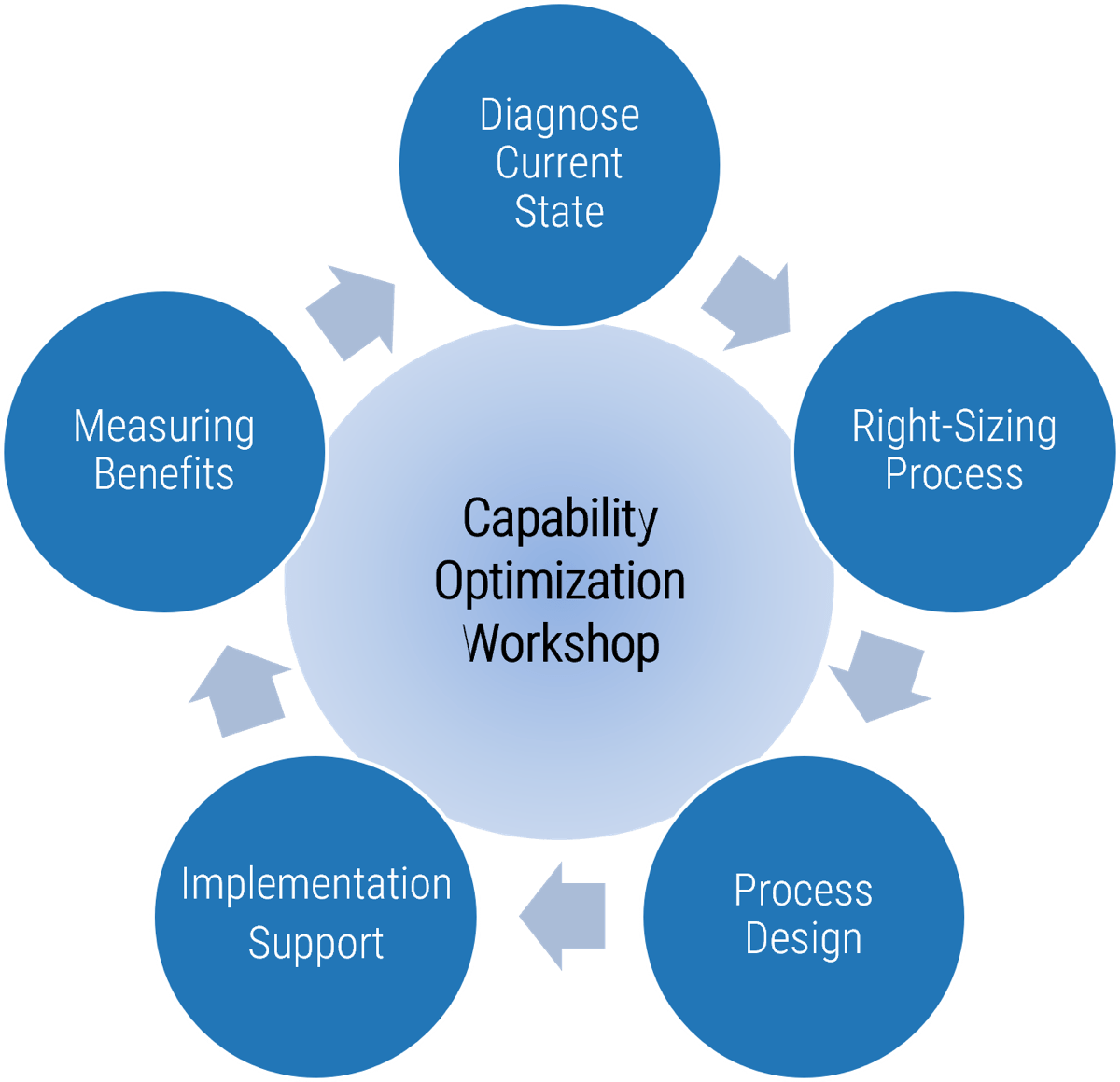 |
| Info-Tech workshops provide the best practices and implementation support necessary to help an IT leader build a world-class IT operation. | |
Social media is ubiquitous with your customers: it is imperative to have an active and concerted presence on social!
Social media facilitates the creation and sharing of user-generated content.
|
Social media by the numbers:
|
The social media concept model
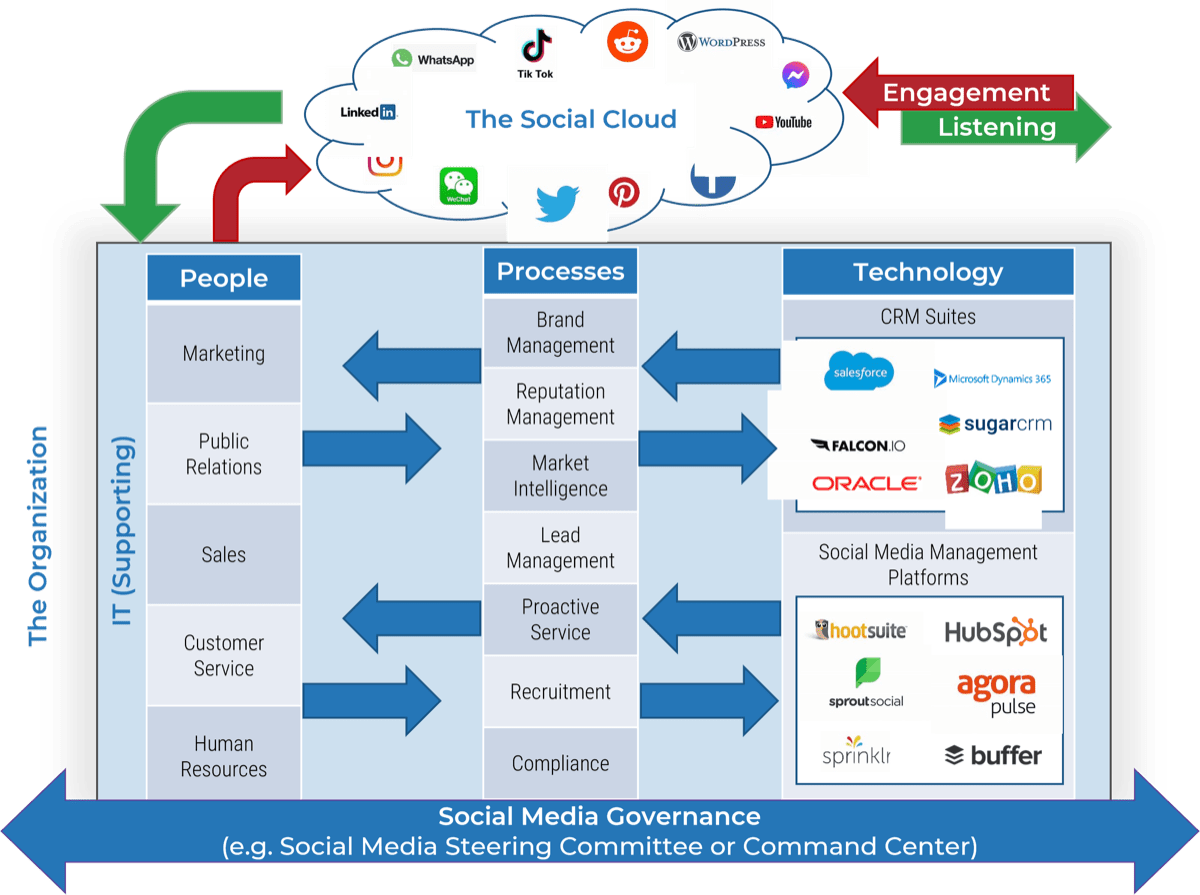
An overview of the social media workshop
| Module | Goals | Outcomes |
| Module 1:
Setting Your Business Objectives for Social Media |
|
|
| Module 2:
Leveraging Social Media for Marketing and Sales |
|
|
| Module 3:
Enable Customer Service Using Social Media |
|
|
| Module 4:
Technology Enablement for Your Social Media Strategy |
|
|
| Module 5:
Social Media Governance and Change Management |
|
|
Module 1 – Setting your business objectives for social media
1.1 Harness the Social Media Value Proposition
|
1.2 Assess Current Social Media Efforts
|
1.3 Set Social Media Objectives
|
Module 2 (Part 1) – Leveraging social media for marketing
2.1.1 Leverage Social Media for Marketing
|
2.1.2 Build a Social Channel Market Coverage Model
|
2.1.3 Optimize Your Brand Message for Social Media
|
2.1.4 Capture Market Insights Through Social Channels
|
Module 2 (Part 2) – Leveraging social media for sales
2.2.1 Use Social Media to Sell to Prospects and Customers
|
2.2.3 Embed Social Media Channels Into the Sales Process
|
2.2.4 Capture Data Across the Customer Life Cycle
|
Module 3 – Enable customer service using social media
3.1 Execute Customer Service in a Social World
|
3.2 Incorporate Social Media Into Customer-Initiated Service
|
3.3 Scan the Social Cloud for Proactive Service Opportunities
|
3.4 Help Your Customers Help Each Other
|
Module 4 – Technology enablement for social media
4.1 Making the Case for an SMMP
|
4.2 Select a Social Media Management Platform Vendor
|
4.3 Develop a Social Analytics Business Plan
|
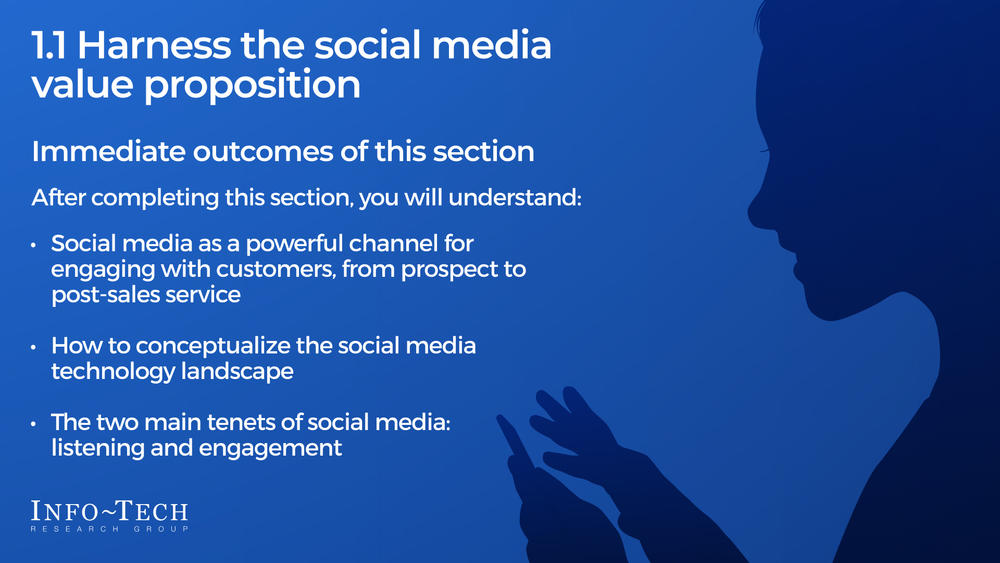
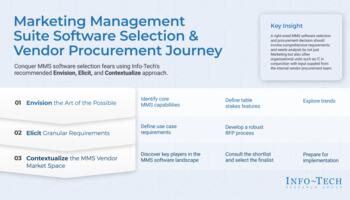 Marketing Management Suite Software Selection Guide
Marketing Management Suite Software Selection Guide
 Social Media
Social Media
 Build IT Capabilities to Enable Digital Marketing Success
Build IT Capabilities to Enable Digital Marketing Success
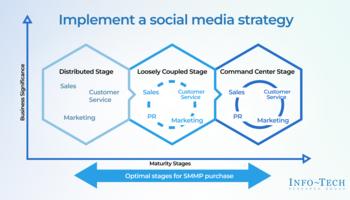 Select and Implement a Social Media Management Platform
Select and Implement a Social Media Management Platform
 Develop a Web Experience Management Strategy
Develop a Web Experience Management Strategy
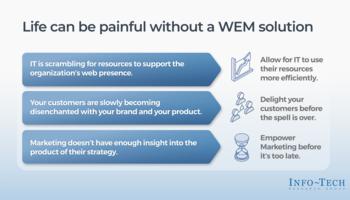 Select and Implement a Web Experience Management Solution
Select and Implement a Web Experience Management Solution
 Modernize Your Corporate Website to Drive Business Value
Modernize Your Corporate Website to Drive Business Value
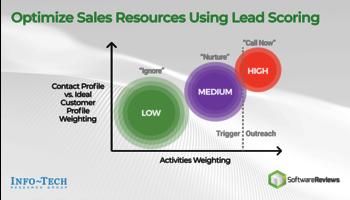 Optimize Lead Generation With Lead Scoring
Optimize Lead Generation With Lead Scoring
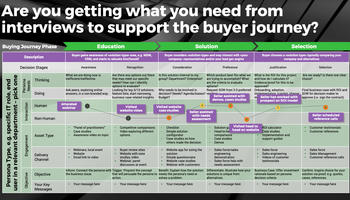 Create a Buyer Persona and Journey
Create a Buyer Persona and Journey
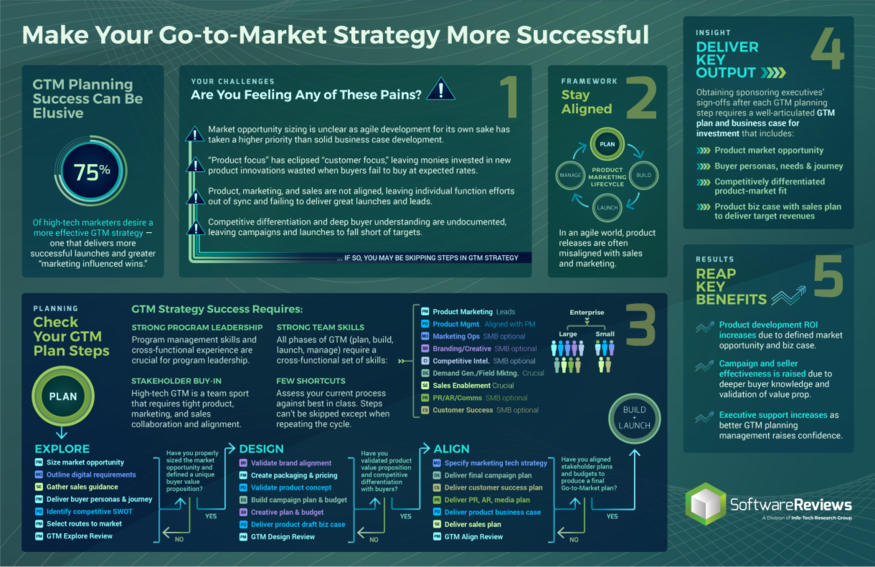 Build a More Effective Go-to-Market Strategy
Build a More Effective Go-to-Market Strategy
 Implement a Social Media Program
Implement a Social Media Program
 Gain Real Insights with a Social Analytics Program
Gain Real Insights with a Social Analytics Program
 Optimize Social Media Strategy by Service
Optimize Social Media Strategy by Service
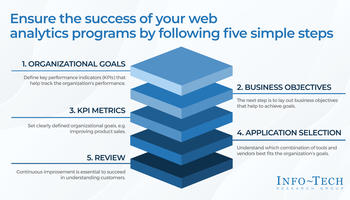 Leverage Web Analytics to Reinforce Your Web Experience Management Strategy
Leverage Web Analytics to Reinforce Your Web Experience Management Strategy
 2020 Applications Priorities Report
2020 Applications Priorities Report
_preview5b40.png) Diagnose Brand Health to Improve Business Growth
Diagnose Brand Health to Improve Business Growth
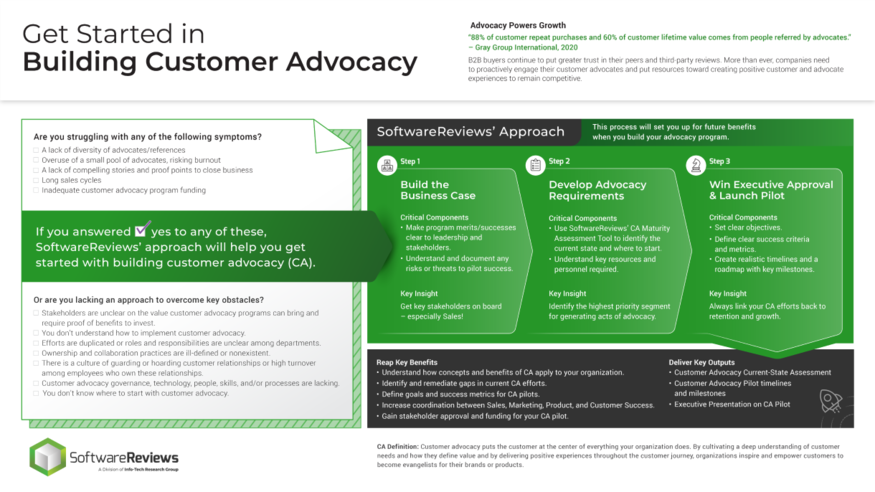 Get Started With Customer Advocacy
Get Started With Customer Advocacy
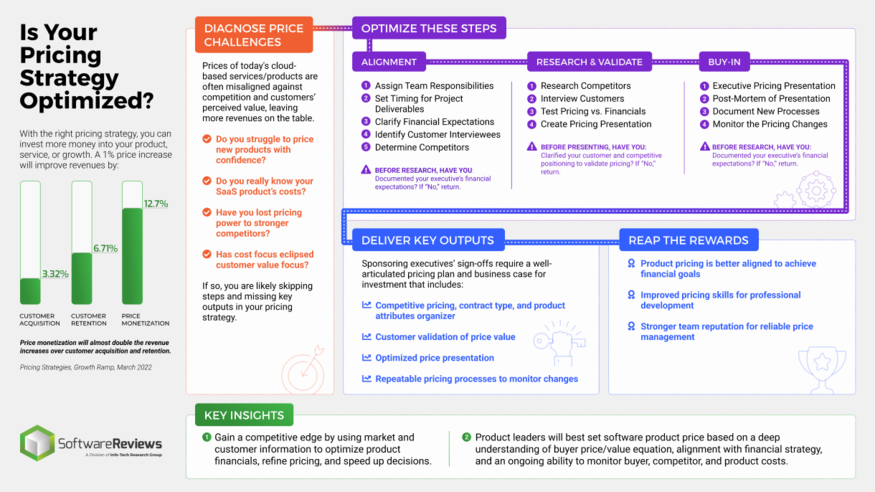 Optimize Software Pricing in a Volatile Competitive Market
Optimize Software Pricing in a Volatile Competitive Market
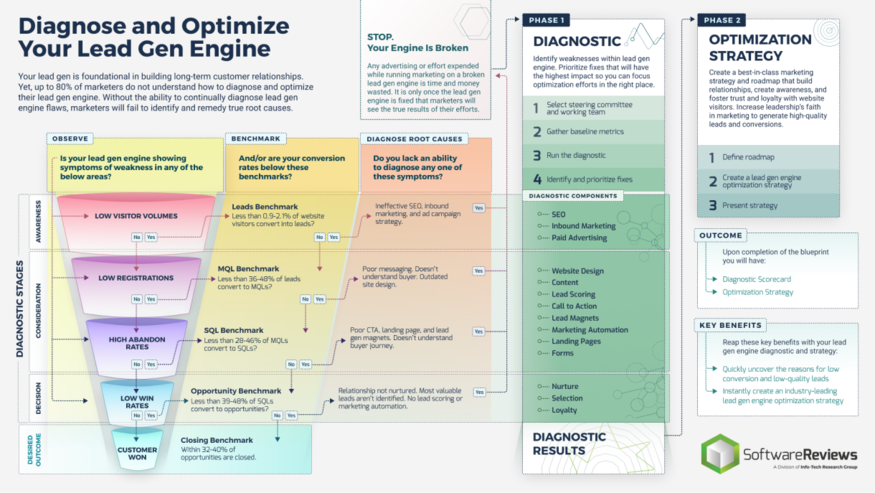 Diagnose and Optimize Your Lead Gen Engine
Diagnose and Optimize Your Lead Gen Engine
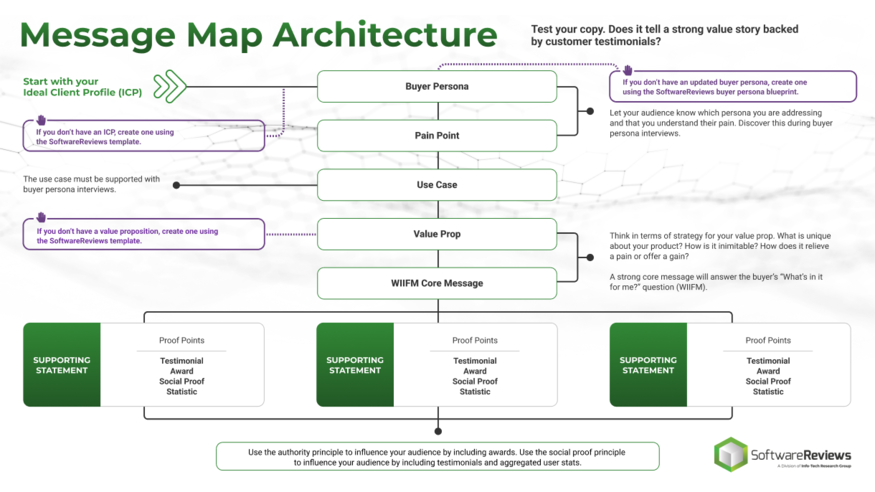 Develop the Right Message to Engage Buyers
Develop the Right Message to Engage Buyers
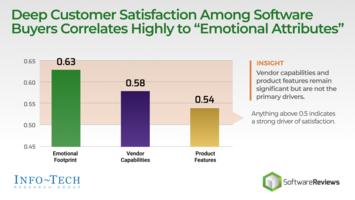 Measure and Manage Customer Satisfaction Metrics That Matter the Most
Measure and Manage Customer Satisfaction Metrics That Matter the Most
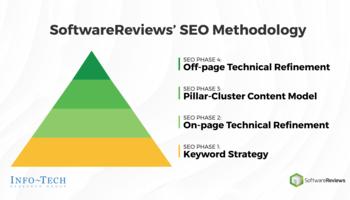 Create an Effective SEO Keyword Strategy
Create an Effective SEO Keyword Strategy
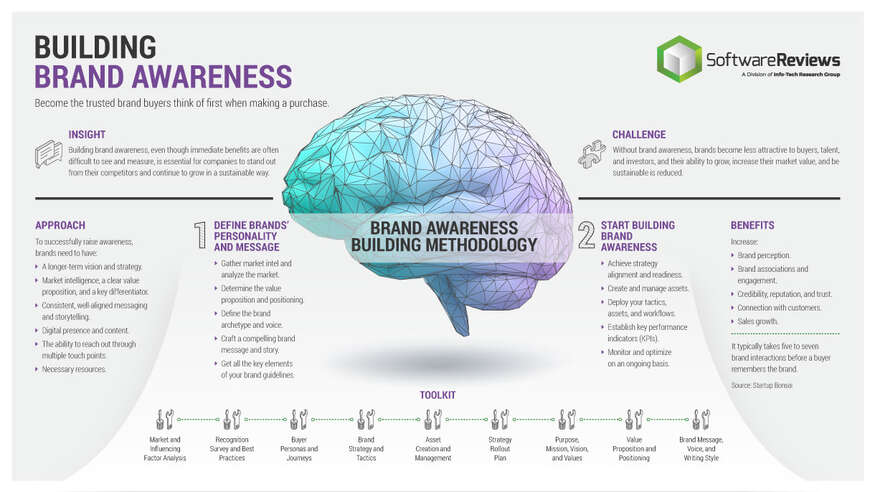 Accelerate Business Growth and Valuation by Building Brand Awareness
Accelerate Business Growth and Valuation by Building Brand Awareness
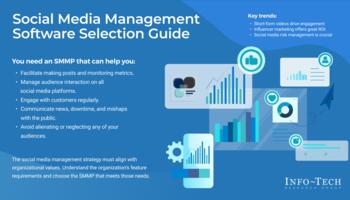 Social Media Management Software Selection Guide
Social Media Management Software Selection Guide
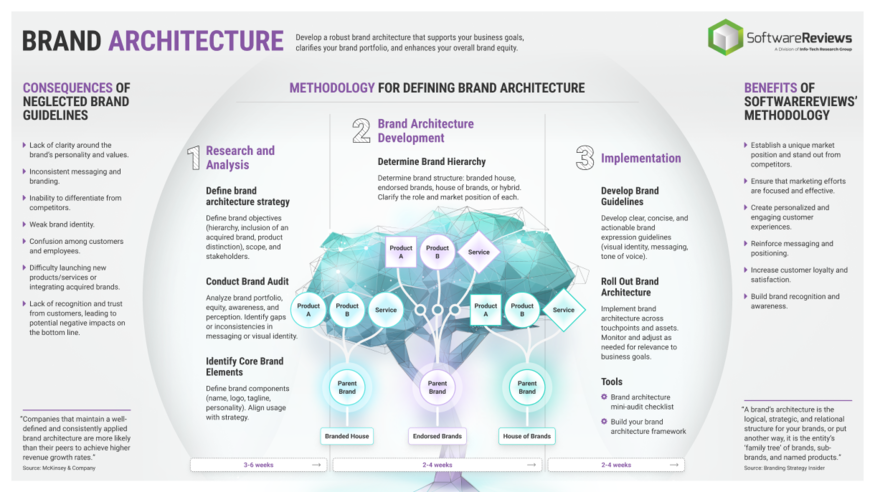 Build a More Effective Brand Architecture
Build a More Effective Brand Architecture
 Build Competitive Intelligence to Improve Sales Win Rates
Build Competitive Intelligence to Improve Sales Win Rates
 Create Assets to Accelerate the Buyer Journey
Create Assets to Accelerate the Buyer Journey
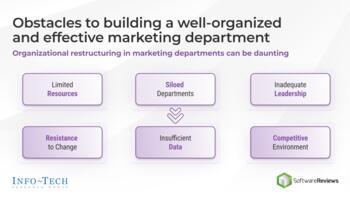 Scale Your Marketing Department
Scale Your Marketing Department
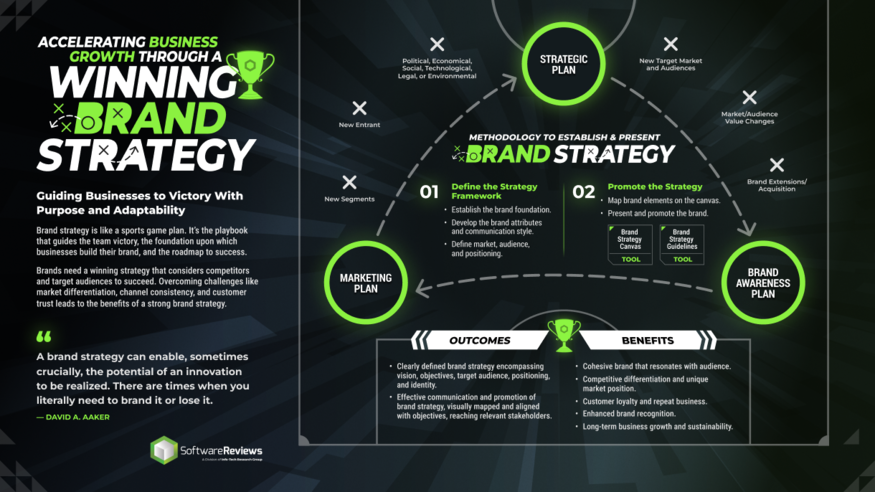 Brand Strategy: Establish and Cultivate a Flourishing Brand
Brand Strategy: Establish and Cultivate a Flourishing Brand
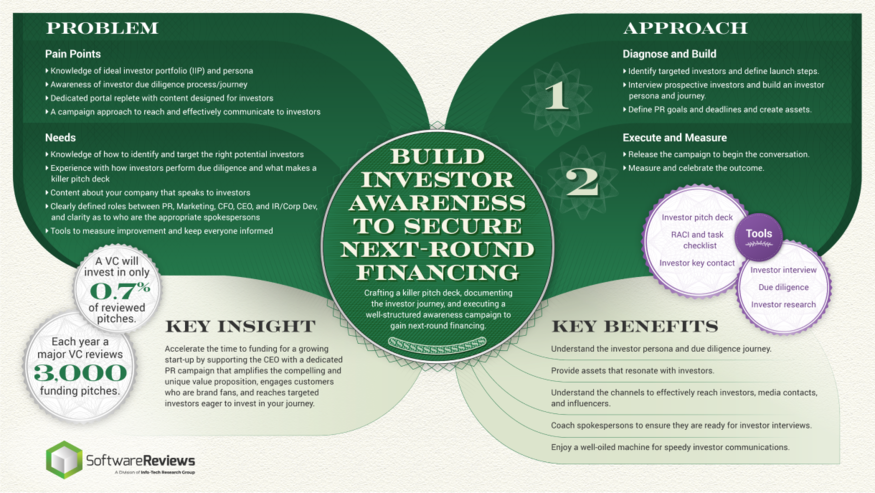 Build Investor Awareness to Secure Next-Round Financing
Build Investor Awareness to Secure Next-Round Financing
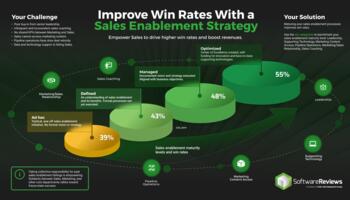 Improve Win Rates With a Sales Enablement Strategy
Improve Win Rates With a Sales Enablement Strategy
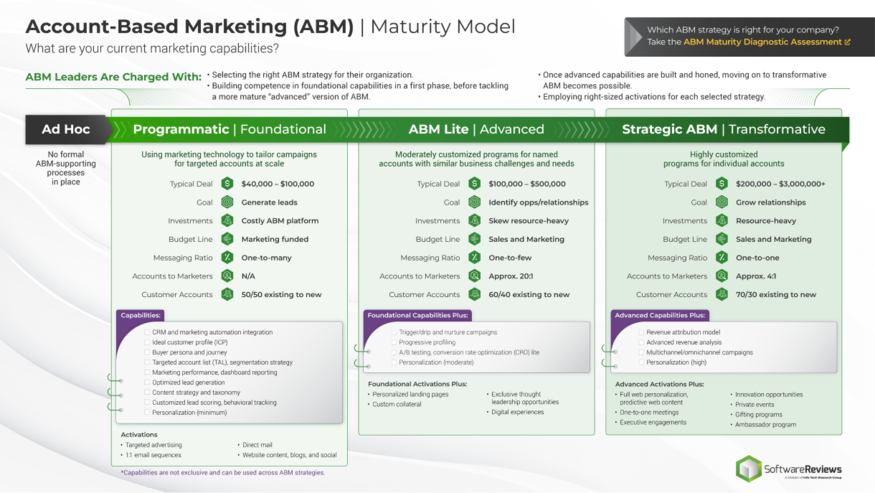 Build Your Account-Based Marketing Strategy
Build Your Account-Based Marketing Strategy
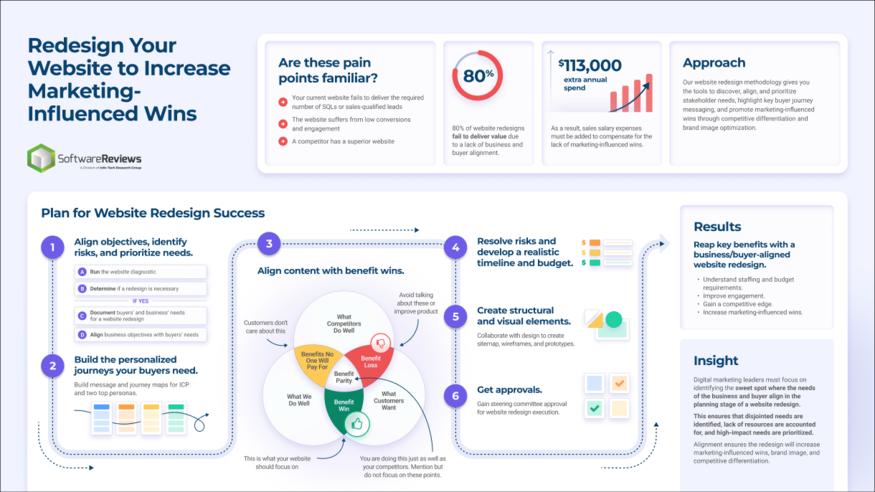 Redesign Your Website to Increase Marketing-Influenced Wins
Redesign Your Website to Increase Marketing-Influenced Wins
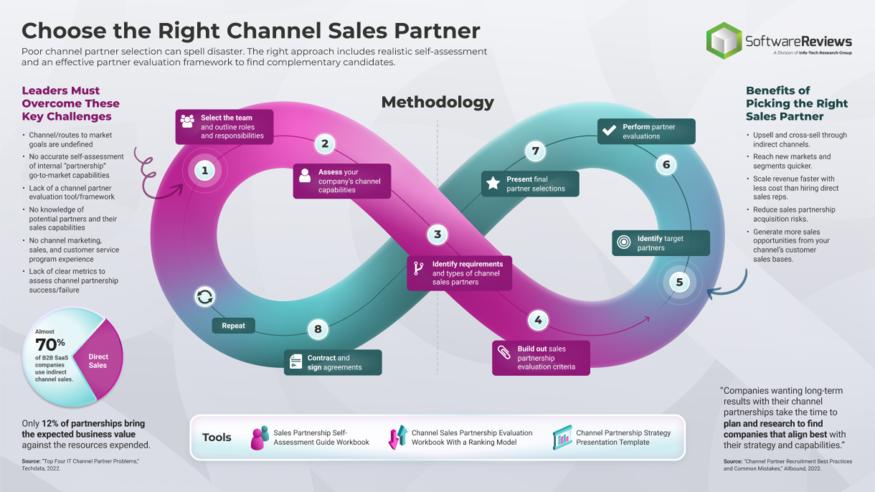 Choose the Right Channel Sales Partner
Choose the Right Channel Sales Partner
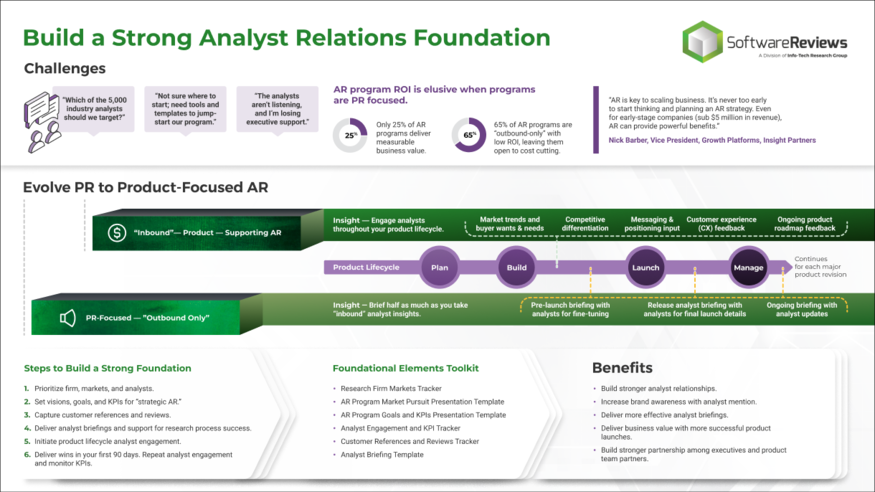 Build a Strong Analyst Relations Foundation
Build a Strong Analyst Relations Foundation
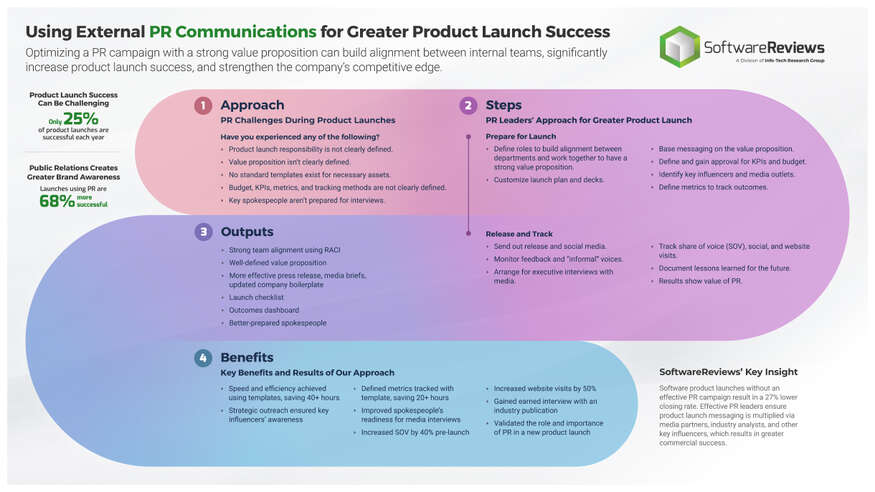 Improve External PR Communications for Greater Product Launch Success
Improve External PR Communications for Greater Product Launch Success
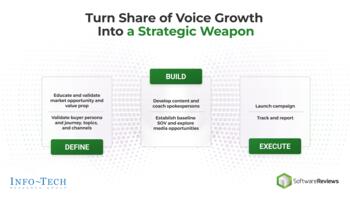 Turn Share of Voice Growth Into a Strategic Weapon
Turn Share of Voice Growth Into a Strategic Weapon
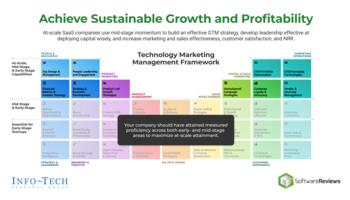 Optimize the Right Metrics to Scale Your Business
Optimize the Right Metrics to Scale Your Business